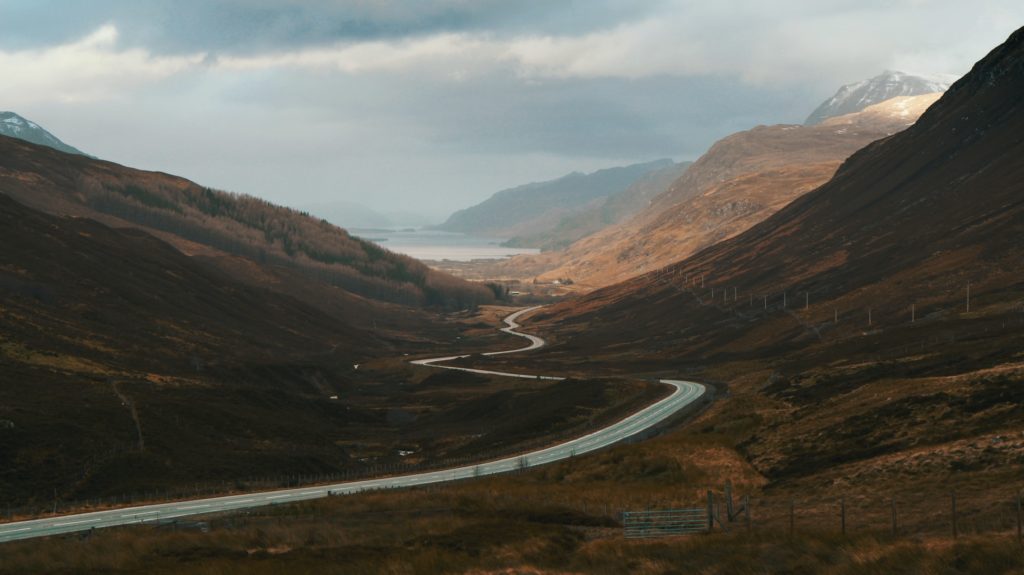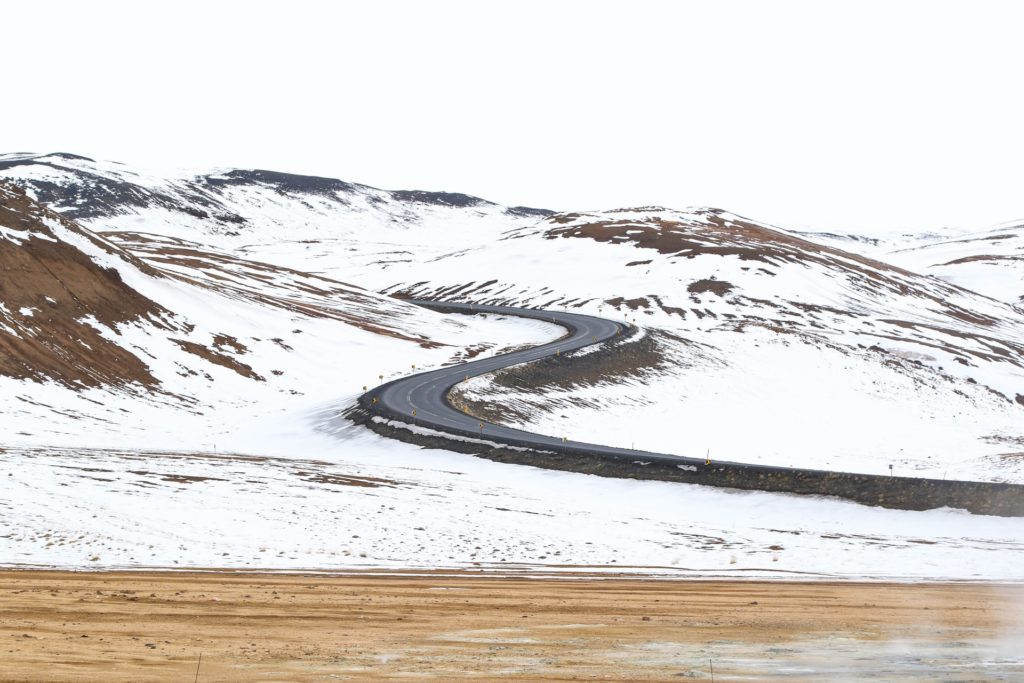In photography, we have a few concepts, techniques and guidelines that form the building blocks in capturing stunning images. The most common one for composing an image, as we all know if the rule of thirds and then, there is also the S curve, that draws the viewers' eyes straight to the main subject.
Along with leading lines, this type of curve is especially important if you want to improve your landscape photography. There are many opportunities for using vertical lines or horizontal leading lines in this genre of photography.
The so-called best photograph ever taken is a landscape photograph with a pronounced s curve! Learn more about this legendary image here. And, of course, read on to learn more about s curve composition.

What Is The S Curve?
The S curve is a type of leading line that, when used correctly, can improve the composition of the image, helping to create strong images that can keep viewers engaged for a longer period. Since the shape of the leading line looks like the letter “S” or part of the letter “S,” it is called the “S Curve.” The S-shaped curve looks rather elegant. If you have never used it, you should definitely start experimenting with it in your photography.
You can see it often in cityscapes and landscapes, and it helps strengthen otherwise boring and unmemorable scenes. Many external factors can affect the look of the s curve, such as your vantage point – this type of curve looks great when shot from above.
If you are into drone photography, you can easily play with capturing s curves!
Why Are Curves More Powerful In Photographic Composition?
The human eye tends to follow lines; hence, incorporating lines or curves in photographic compositions can be a great way to keep the viewers engaged by creating powerful images. S curve can be applied as a compositional tool to any genre of photography but is most commonly used when composing landscape and cityscape shots.
To sum up, s curves can easily become the focal point of the photograph because of their visual magnetism.

Creative A Visual Journey With S Curves
The S curve takes the viewer through a visual journey into the scene towards the subject and helps the viewer to explore the scene while passing through other important elements along the way. It also adds a layer of visual interest to the images and can lead the viewer into or out of a scene, starting at the bottom, top, or side, but fundamentally it will roughly shape the letter S and either define the photograph or split the composition into two sections. S curves can add a sense of movement to a dull and static image or add visual depth and add an interesting perspective to the scene. S shape is a very dynamic shape by itself!
Hence landscape photographers use it as a compositional tool to create interesting photographs that are more dynamic and have depth. Use the S curve just like how you would use the leading lines to create powerful photographs.

What To Look Out For When Composing Using The S Curve?
When using an S curve to compose images, it is better to watch out for some important things and external factors so your image looks pleasing. Look for elements or parts of the scene that are shaped like the letter “S.” You can use a subtle s curve too!
Tips For Better S Curves
- Ensure the S curve is not distracted by lines or other elements that tend to break the curve on its path. For example, other lines cut in between fallen branches, trees, and other elements, because these can break the flow or movement of the viewer and lead the viewer away from the main scene.
- Break-in S curves can get in the way of a neat and pleasing composition.
- Depending on the nature of the scene, you can use strong or subtle S curves. Where you need the S curve to stand out in the scene, use a stronger one, but if the curve is part of a subtle/minimal scene, it is ok to have a gentle curve.
- Look for perspectives that will bring more emphasis to the curve. Try shooting from various perspectives and choose what works best for the scene. Sticking to this strategy in the long term will improve your photography dramatically!

Where Can You Look For The S Curve?
Well, the good news is that s curves aren't anything exotic! You can find them in natural and man-made structures and photograph them in many different ways. Sometimes, the s curve itself can be your subject (focal point) or lead to the main subject, which is a great strategy if you're photographing portraits. S shape can be found in both natural and man-made structures; take a look at the following examples!
Natural Elements And Man-Made Structures
Some elements that can be used as an S curve for composition in a scene are:
- A river
- A stream
- A road
- A path through a field
- A railway track
- Fences
- Waterfalls
- Light trails on a road
- A coastline
- Plant or trees planted along a curve
- Man-made structures like a bridge or other structures
Pro tip: To make your compositions even more powerful, try combining the s curve with another compositional rule, such as the golden section! Also, try implementing some cool editing techniques to make your landscapes with s curves even more dramatic.

In the photo below, you'll notice that it doesn't follow the rule of thirds for the horizon placement, but that's OK. The S-curve is placed into the right third of the frame, so vertically speaking, it does pleasingly separate the composition. Utilizing an S-curve is all about balance. Curved lines are great tools for achieving visual balance!
Takeaway
S-curves also don't need to be used as separators or dividers; they can also be utilized as the focal point of the photo, as seen below in this winter photo at the mountain. Landscape photographers use them quite often, but they are not limited to this genre of photography!
While these examples show mostly landscapes, S-curves are visible in almost all types of photography, including shooting people and groups. The key is to look for and exploit the opportunities you have to utilize these soft, flowing lines to either help create compositional separation in the frame or utilize the curve as the focal point and a featured portion of the image.
Further Reading:
- Using Leading Lines For Captivating Composition
- 25 Great Shots That Use Roads And Paths To Enhance The Composition
- Use These 5 Elements To Compose Great Photographs
- How To Use The Elements Of Composition
- Landscape Photography Composition Techniques | The S Curve
- Professional Composition Techniques: “Pattern & Rhythm” & “S-Curve”






4 Comments
When I think of “S” curve composition I immediately think of Ansel Adam's Snake River photograph. I was lucky enough to have an opportunity to recreate that photo in the summer of 2009.
Here's a video of the experience:
Interestingly, the S-curve is one of Andy Goldsworthy's three thematic shapes.
A women's body can be a wonderful example of an S-curve. Wedding photographers are always looking for the wonderful pose for their portraits.
Good tip Eric!